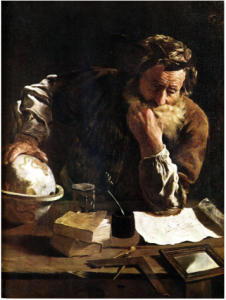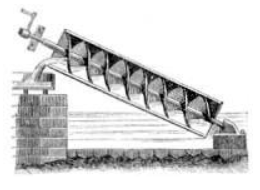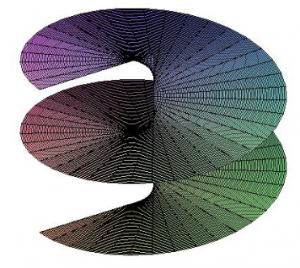Archimedes’ Screw
In Dresden’s “Old Masters” collection is the famous painting by the Italian painter Domenico Fetti (1588–1623) showing one of the most important mathematicians of antiquity, Archimedes of Syracuse (c. 287 BC-212 BC). Even during the development of the higher calculus in the 16. and in the 17th century, mathematicians relied on the preliminary work of Archimedes.




